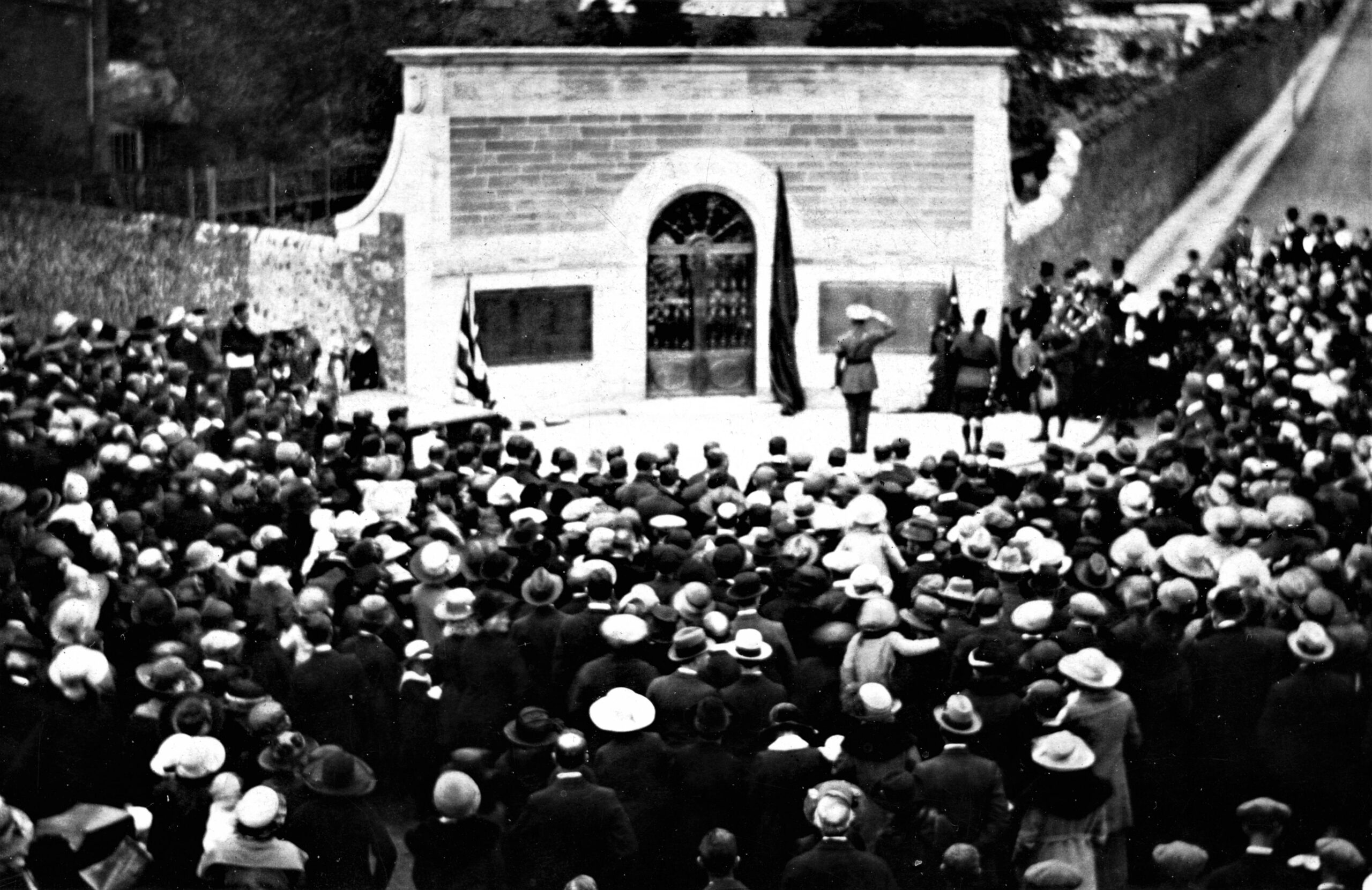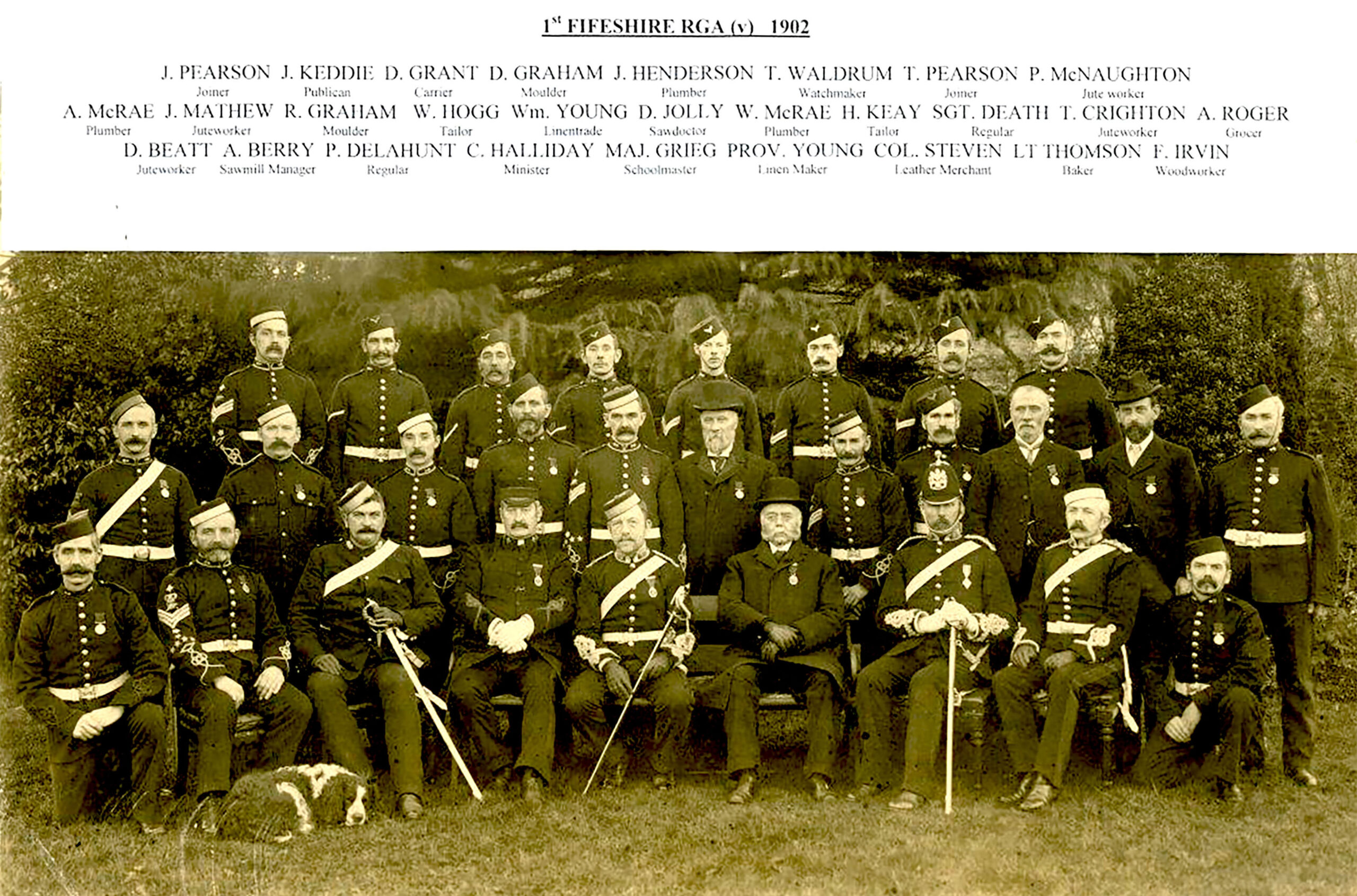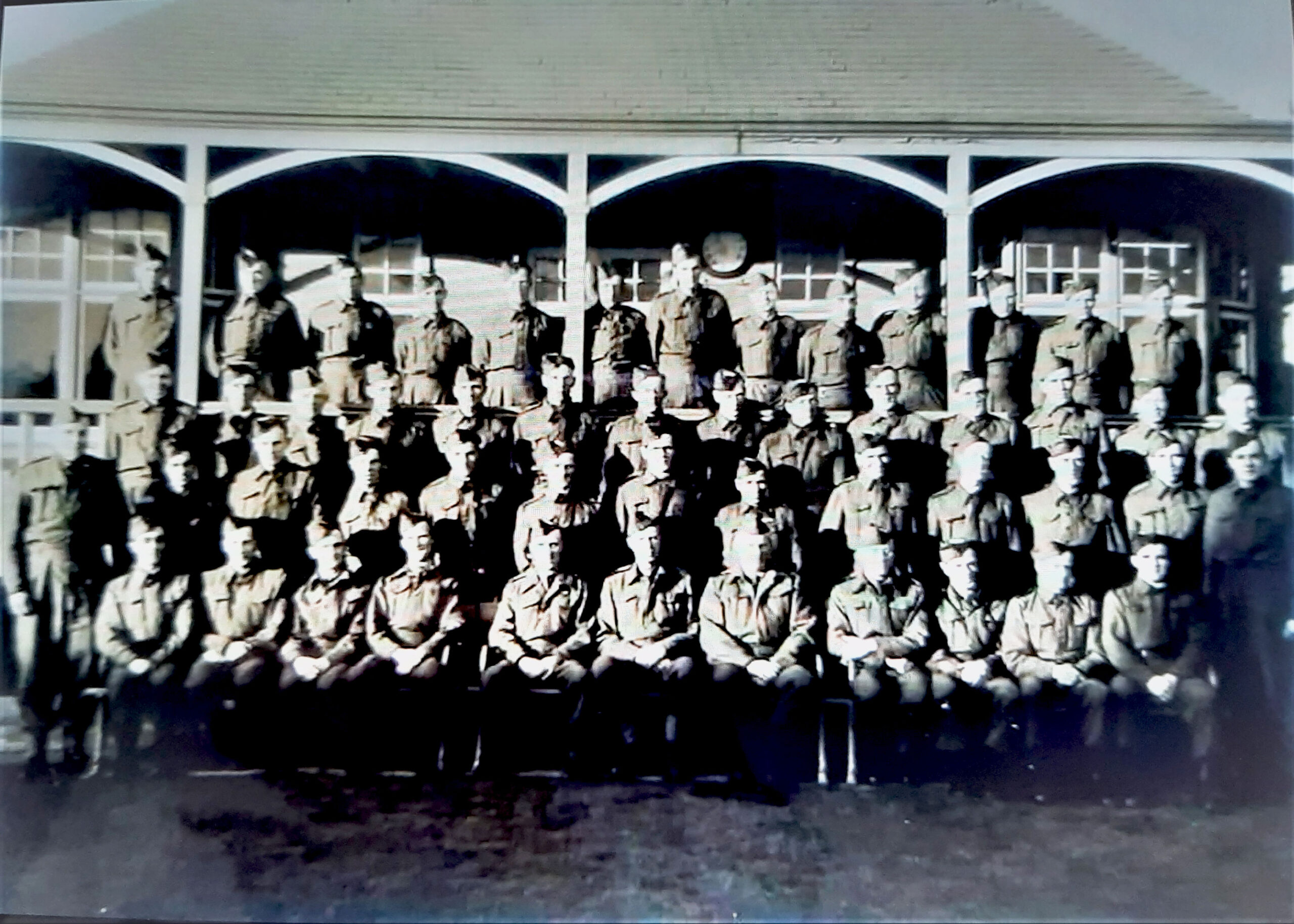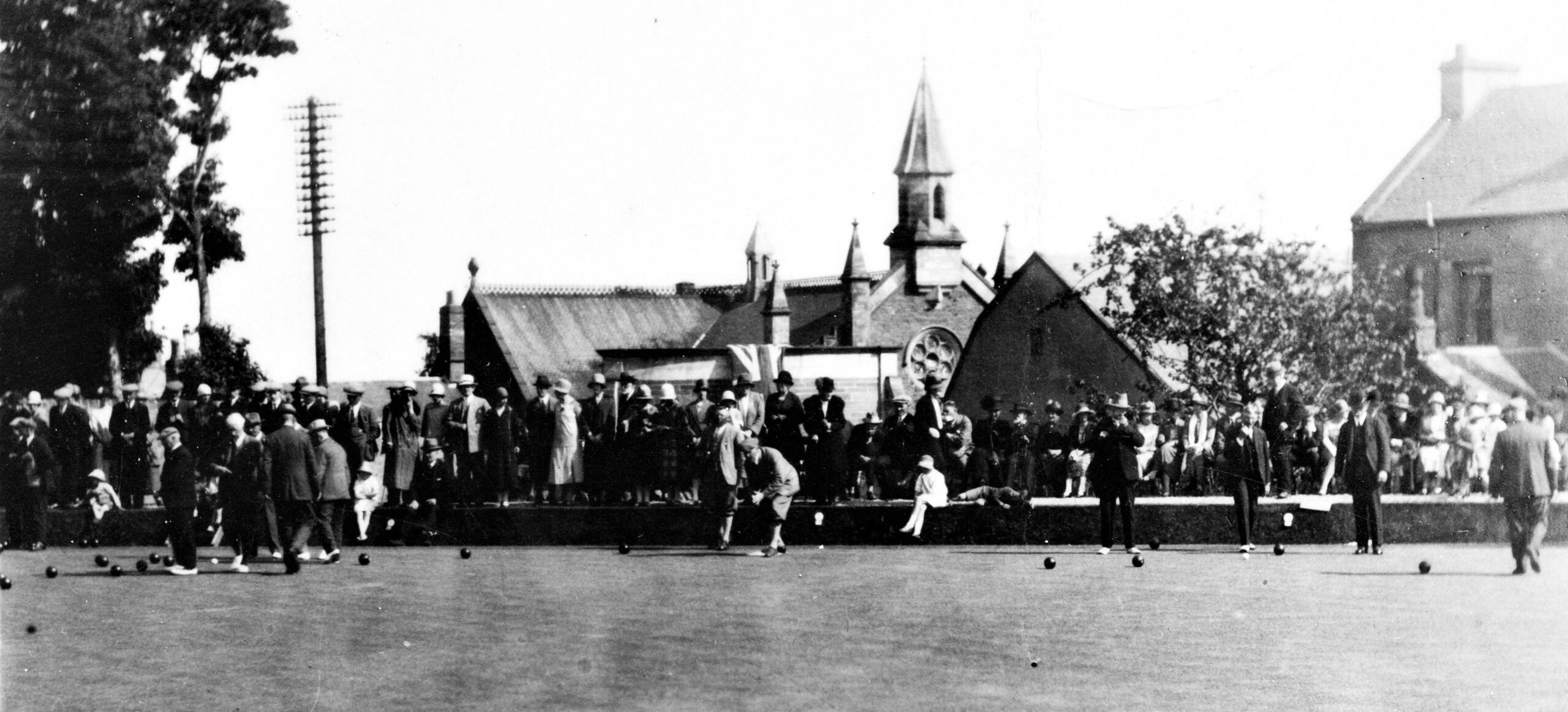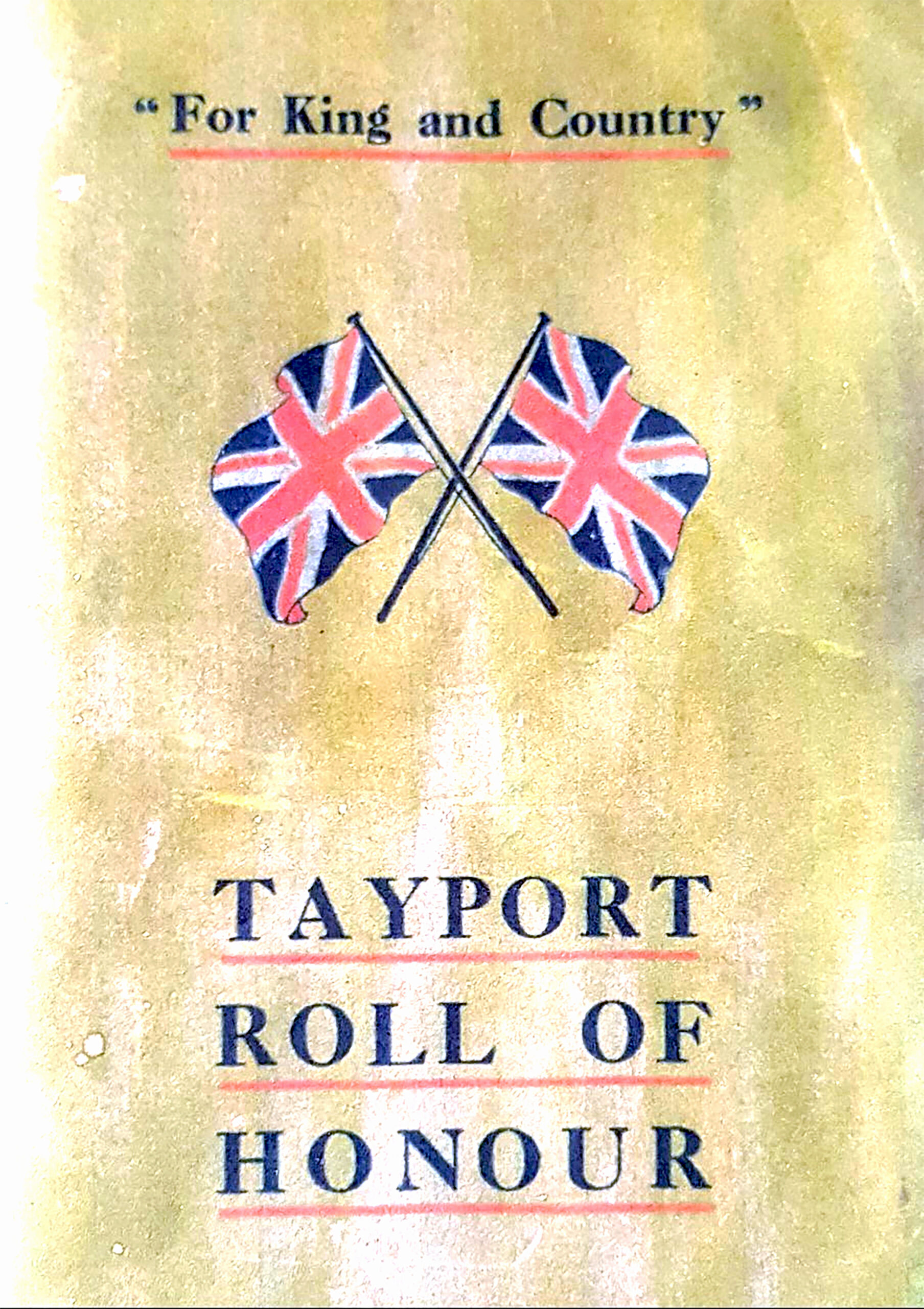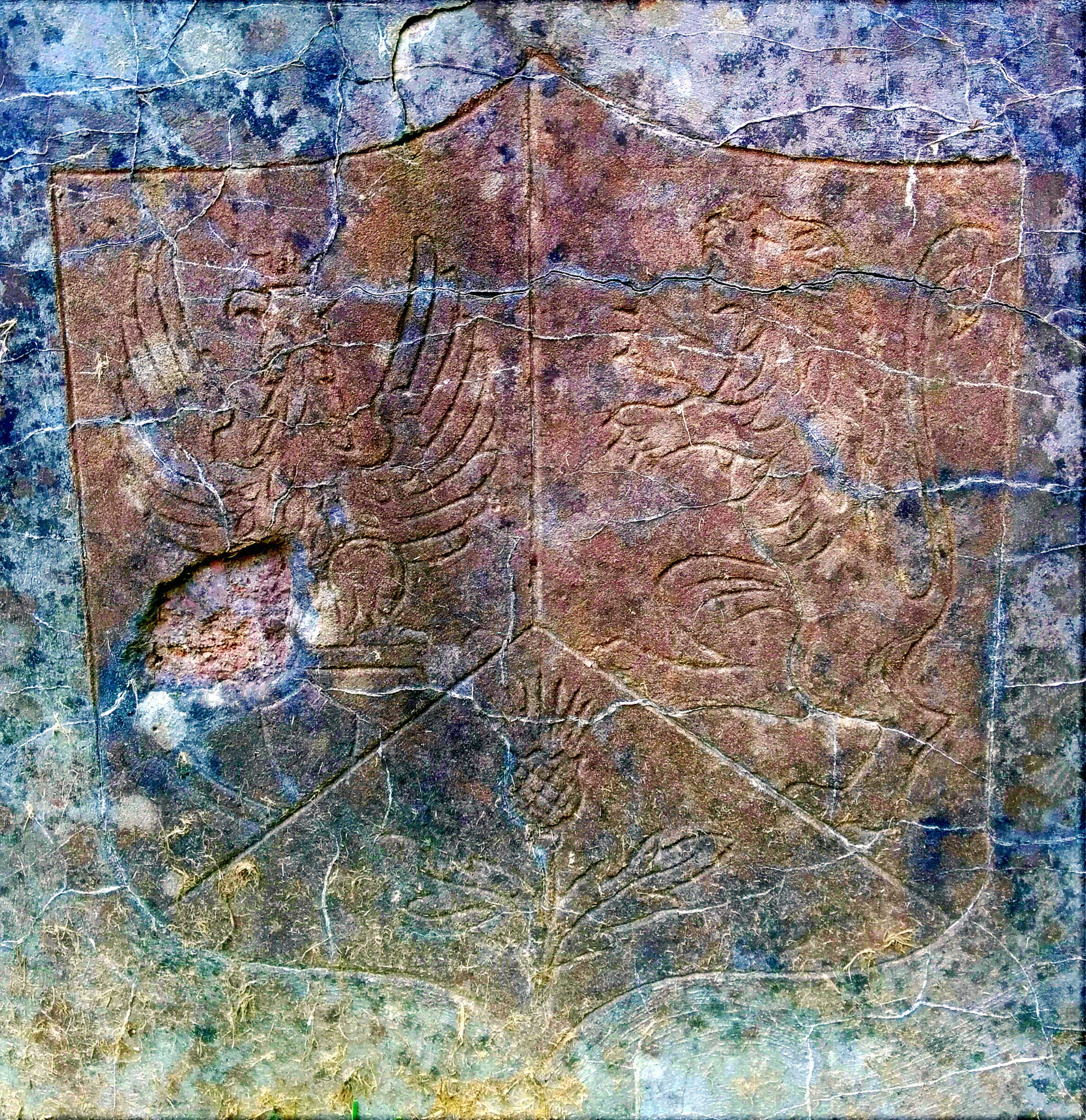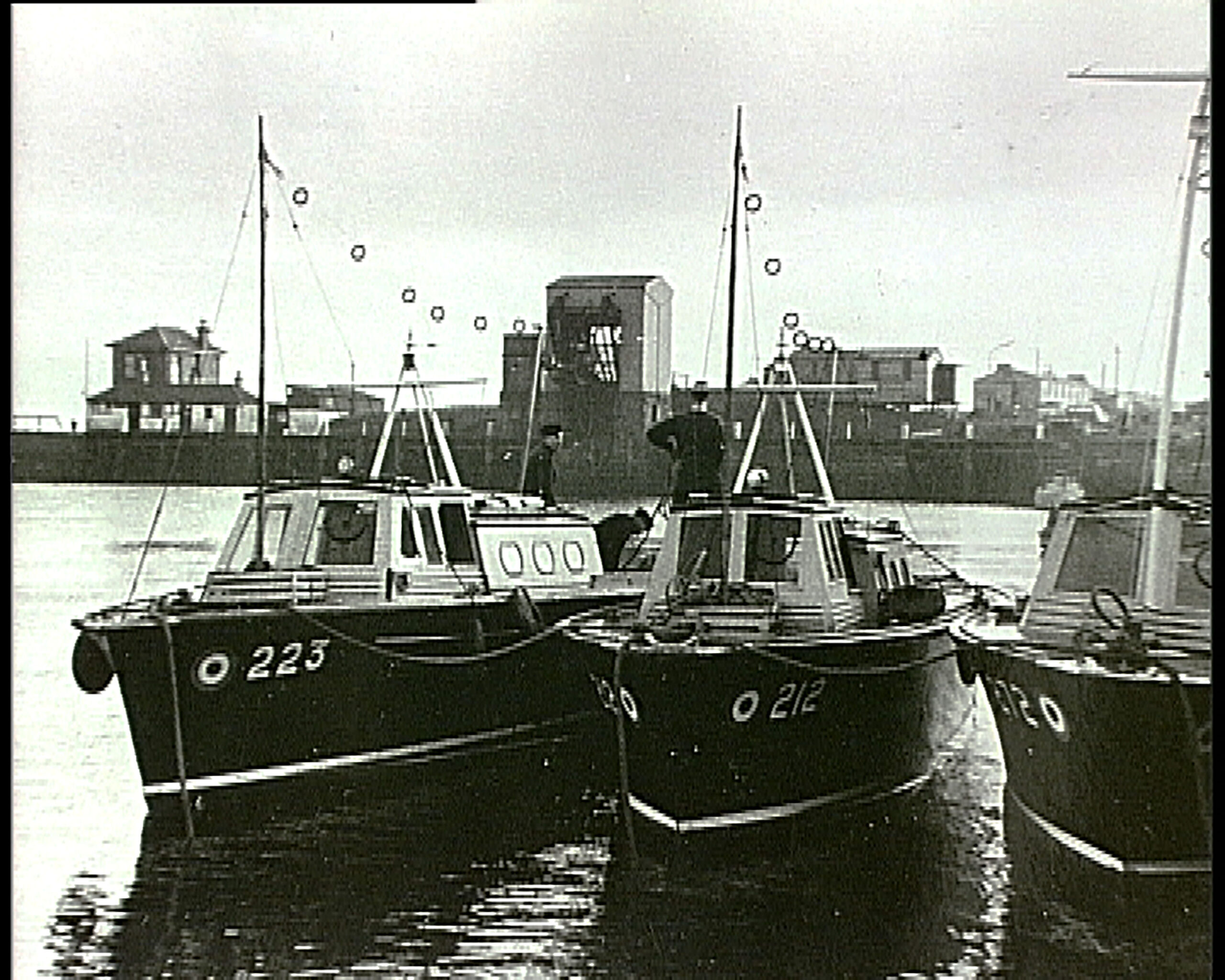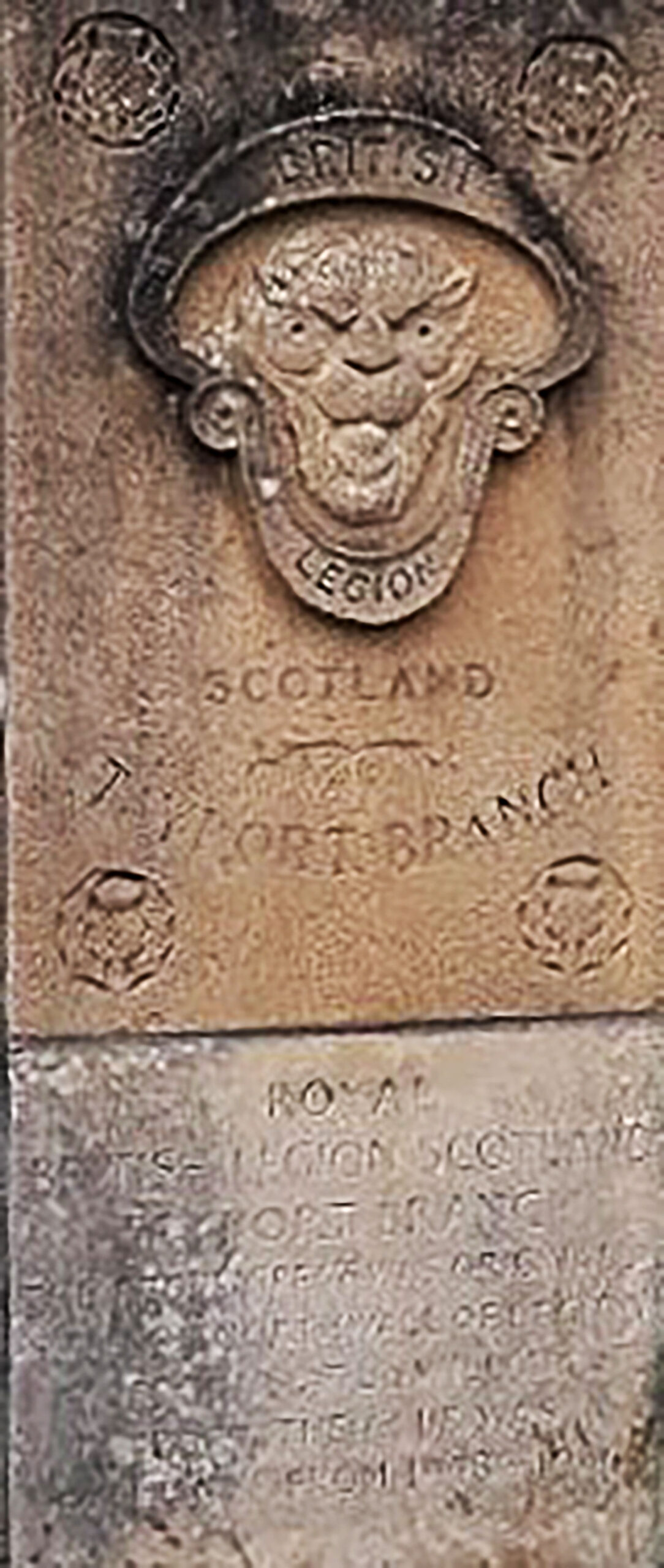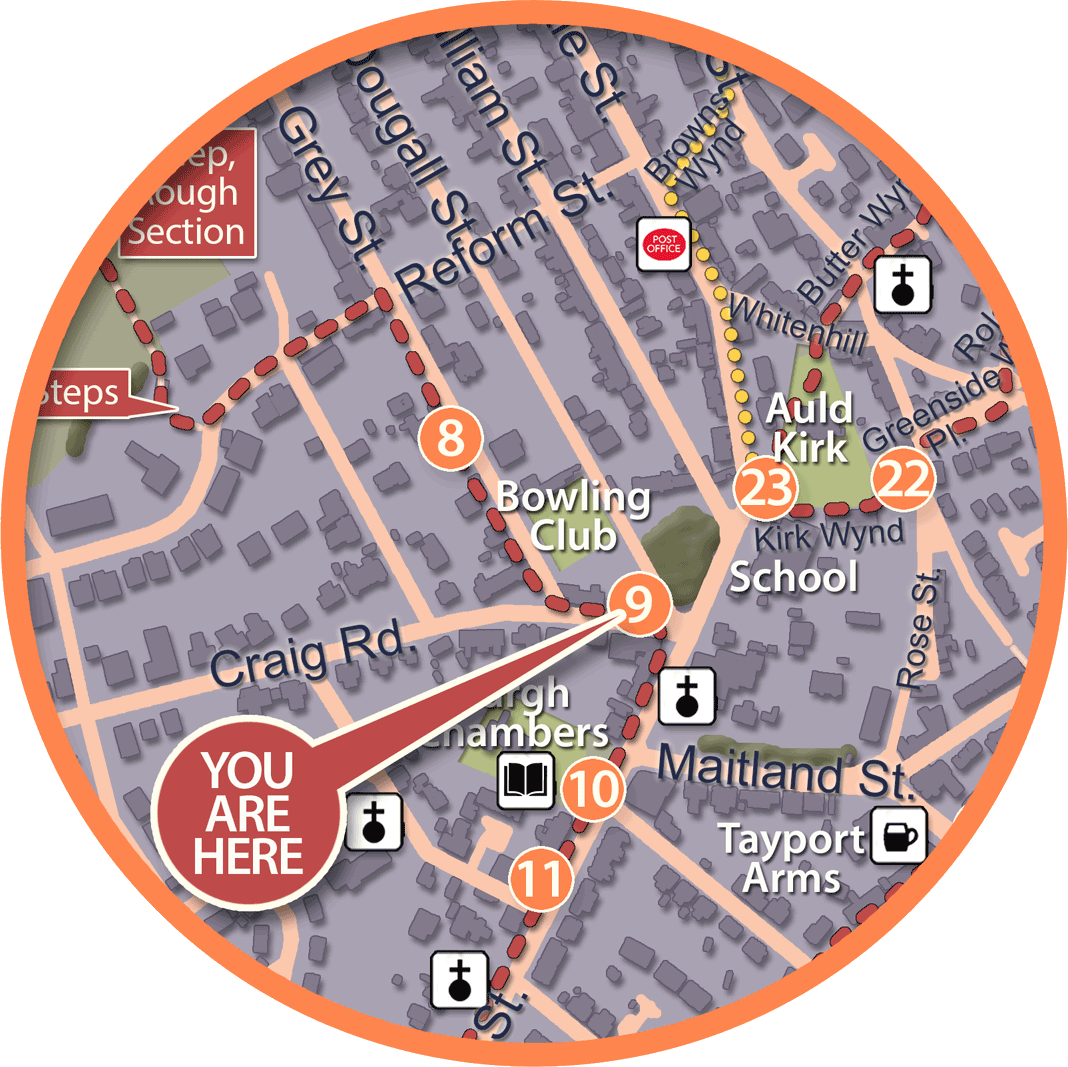The initial ceremony was held in September 1921 with a further Dedication and Unveiling Ceremony in May 1949. It is a lasting memorial to the residents of the parish who made the ultimate sacrifice for their country in times of conflict. It is a tribute to the many who served in both World Wars and the many other additional theatres of active service.
In addition we remember those who were fortunate to return to play their part in the ongoing development of our community, as many of those also suffered lasting legacies from their service. UK Forces Operations have continued around this volatile world and our military personnel have served their country in a significant number of armed conflicts since World War II and two local names have since been added to the Memorial.

